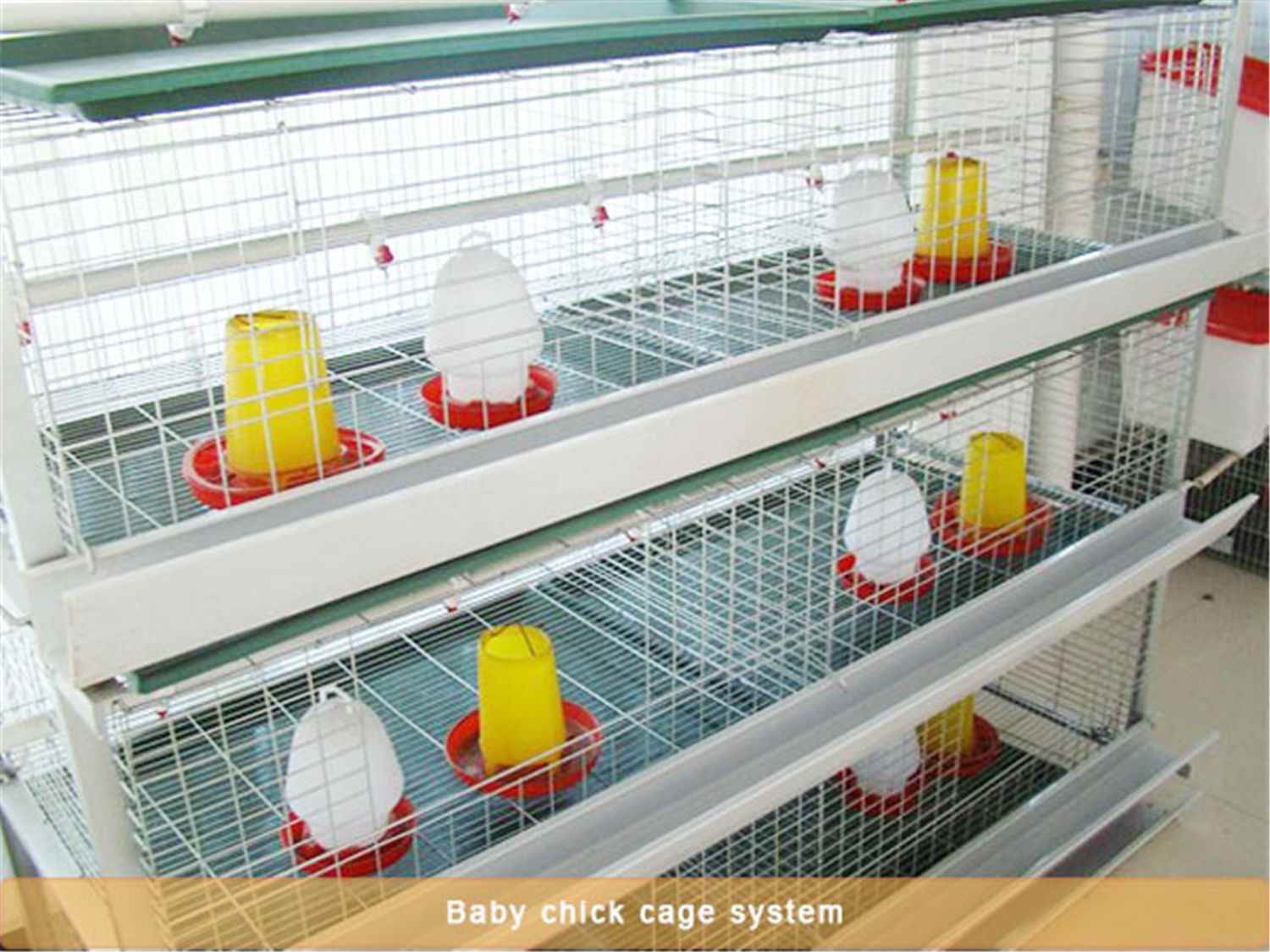In the current chicken industry, the chickens selected by the general farmers are caged, and the cages are caged. Therefore, it is necessary to rely on artificial lighting when performing the lighting of the house. Follow certain principles, otherwise it will not only achieve the expected results, but also bring adverse effects.
(1) Total time of illumination: Farmers need to set the length of daily artificial illumination according to the lighting needs of different stages of the flock, the total number of hours of light per day (including natural light), and the breeding period is generally not less than 8 hours. However, it does not exceed 10 hours, and the laying period is 16 hours.
(2) Gradually increase or decrease the illumination time: no matter whether the farmers increase or decrease the number of illumination hours when performing illumination, they cannot suddenly increase or decrease dramatically. Note that each increase should not exceed 1 hour. In addition, it should be noted that the illumination time during the breeding period can only be shortened and cannot be extended. The egg production period is reversed and can only be extended and cannot be shortened. I hope that farmers will pay attention to and remember.
(3) Appropriate time to increase the light: The general feeding standard stipulates that when the hens are 18 weeks old, they can start to increase the light to promote their sexual development. However, it is more reasonable to determine whether to increase the light stimulation according to whether the body weight meets the requirements.
(4) Lighting procedure: Farmers should have a fixed lighting program, and once the lighting program is determined, it must be strictly observed and cannot be changed at will.
(5), extend the light and increase the amount of feeding: whether it is from the theoretical knowledge or the production practice can be determined, in order to ensure that the laying hen has sufficient nutrient reserves before the start of production, the laying hens are slightly higher in weight. The standard is more conducive to production. Therefore, while gradually extending the light, you should gradually increase the amount of feeding.
(6) Controlling the illumination time: Farmers need to pay attention to the number of hours of illumination when the quality of the chicken population or nutritional status is poor and the temperature is extremely low (winter). If you use 14 hours of light to reduce the physical consumption of the laying hens, so that they have a short rest, the next year when the warmth, the egg production rate rebounds faster in poultry cage equipment and the peak is higher.
